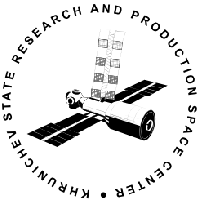Cosmos 2350
Launch Success
Liftoff Time (GMT)
04:36:54
Wednesday April 29, 1998
Mission Details
Cosmos 2350
In the late 1960s, Soviet officials decided to catch up on early warning systems. The Americans already had three programs in this field underway. The satellites were named US-K, or "Oko" (an old Russian word meaning "eye"), and were sent into an elliptical orbit by Molniya launchers. To improve the constellation, a new generation of satellites will be created, the US-KS, launched into geostationary orbit by Proton. The first US-K satellites, even when coupled to the US-KS, were unable to ensure global surveillance, and could not detect SLBM launches. In 1975, it was therefore decided to develop a new generation of early warning satellites. These new satellites are called US-KMO "Oko-1". The US-KMOs are intended to replace the US-K and US-KS. They are placed on geostationary orbits by Proton-K launchers. The system, to be fully operational, requires a constellation of seven satellites. Concerning the US-KMO, only Cosmos 2440 may still be in service. The US-KS seems to be totally retired. The whole system is replaced by the Tundra satellites from 2015. The satellites are equipped with an infrared telescope with a diameter of the main mirror of 1 m. The length of the deployable dish is 4.5 m. The most important feature of the second generation satellites is their downward observation capability. These satellites were to be deployed in geosynchronous orbits, from which they could provide coverage of most oceans.
Geostationary Transfer Orbit
1 Payload
2,600 kilograms
Rocket


Manufacturer
KhrunichevRocket
Height: 57.64m
Payload to Orbit
LEO: 19,000 kg
GTO: 2,400 kg
Liftoff Thrust
9,548 Kilonewtons
Fairing
Diameter: 4.35m
Height: 10.4m
Stages
4
Launch Site
Stats
Proton-K
251st
Mission
2nd
Mission of 1998
1998
26th
Orbital launch attempt